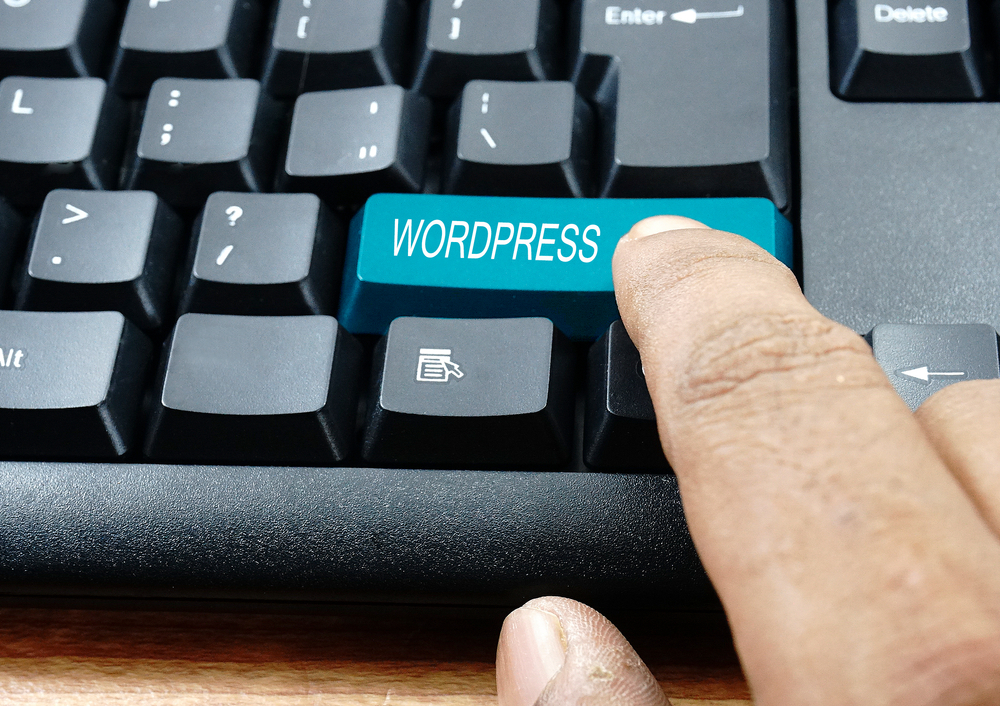
WordPress has become the go-to platform for building and maintaining websites, and for good reason. Its user-friendly interface, robust features, and endless customization options make it an ideal choice for beginners and experienced webmasters alike. In this article, we will explore some essential tips and tricks to help you master WordPress (the blogging platform) and take your website to the next level.
1. Customize Your Theme to Reflect Your Brand
One of the first things you'll want to do after setting up your WordPress website is to customize the theme. Your theme determines the overall look and feel of your site, so it's important to choose one that aligns with your brand. WordPress (or WP) offers a wide range of free and premium themes, allowing you to find the perfect fit for your website. Once you've chosen a theme, you can customize it further by adding your logo, changing colors and fonts, and modifying the layout to make it unique.
2. Install Essential Plugins for Added Functionality
One of the major advantages of WordPress is its extensive plugin library. Plugins are small pieces of code that can be added to your website to enhance its functionality. From security and SEO to social media integration and e-commerce, there's a plugin for almost everything you can imagine. Some essential plugins to consider are Yoast SEO for optimizing your website for search engines, Akismet for spam protection, and WooCommerce for setting up an online store. Be cautious not to overload your website with too many plugins, as they can slow down your site's performance.
3. Optimize Your Website for Speed
Ensuring your website loads quickly is crucial for user experience and search engine rankings. There are several ways to optimize your WordPress (the platform for bloggers) site for speed. Start by choosing a reliable hosting provider that offers good server performance. Compress and optimize your images using plugins like Smush or ShortPixel. Minify your CSS and JavaScript files to reduce their file sizes. Additionally, consider using a caching plugin like WP Super Cache or W3 Total Cache to generate static HTML files of your site, reducing the load on your server and speeding up page load times.
4. Utilize WordPress (WP) Security Best Practices
Keeping your website secure should be a top priority. Fortunately, WordPress has built-in security features and plugins that can help protect your site from hackers and malware. Always keep your WordPress version, themes, and plugins up to date to patch any potential vulnerabilities. Choose strong and unique passwords for your admin account and enable two-factor authentication for an added layer of security. Install a security plugin such as Wordfence or Sucuri to monitor and block malicious activities on your site.
5. Optimize Your Website for Search Engines
Search engine optimization (SEO) is crucial for driving organic traffic to your website. WordPress offers numerous SEO plugins to help you optimize your site for search engines. Yoast SEO is one of the most popular plugins, providing tools to improve your site's readability, meta tags, XML sitemaps, and more. Conduct keyword research to identify the phrases most relevant to your content, and incorporate them naturally into your titles, headings, and content. Optimize your images by adding alt tags and descriptive filenames to improve their visibility in search results.
6. Regularly Backup Your Website
Accidents happen, and it's important to be prepared. Regularly backing up your WordPress website ensures that you have a recent copy of your site's files and database in case of any unforeseen issues. Many hosting providers offer automated backup services, but it's also a good idea to have an additional backup solution in place. There are various plugins available, such as UpdraftPlus and VaultPress, that can simplify the backup process and allow you to restore your website with just a few clicks.
7. Frequently Asked Questions
Q: How can I change my WordPress theme without impacting my website's content?
A: You can safely change your WordPress theme without losing any content by using a child theme or a theme switch plugin.
Q: Can I use WordPress to create an online store?
A: Yes! WordPress offers several plugins like WooCommerce and Easy Digital Downloads that allow you to easily set up your own online store.
Q: How do I add custom functionality to my WordPress website?
A: You can add custom functionality to your WordPress website by using plugins or by writing your own custom code using WordPress' extensive APIs.
Q: Can I use WordPress to create a multilingual website?
A: Yes, there are plugins like WPML and Polylang that enable you to create multilingual websites with ease.
Q: Is it possible to move my WordPress website to a new hosting provider?
A: Yes, you can migrate your WordPress website to a new hosting provider by following the built-in export and import feature or using a migration plugin like Duplicator or All-in-One WP Migration.
In conclusion, mastering WordPress allows you to take full control of your website's customization and maintenance. By following these essential tips and tricks, you can create a stunning and functional website that reflects your brand, consistently performs well, and delights your visitors. With WordPress's flexibility and vast community support, the possibilities are endless.
Other useful resources
- https://www.wordpress24plus.com/wordpress-tools-directory/wordpress-plugins/
- https://www.wordpress24plus.com/wordpress-tools-directory/
- https://en.wikipedia.org/wiki/Blog